An article in The New Yorker famously defined van life it as a “bohemian social media movement” and “a one-word life-style signifier that has come to evoke a number of contemporary trends: a renewed interest in the American road trip, a culture of hippie-inflected outdoorsiness, and a life free from the tyranny of a nine-to-five office job.”
Those of us who got to be dirtbags before being a dirtbag was a “lifestyle” that demanded a six-figure investment in the form of a built-out Sprinter 144 may find all this pretense silly and worthy of scorn. And yet the #vanlife movement is here to stay. It’s at once sincere and unserious, existing in this liminal space between realism and fantasy. At one level, vanlife is nothing more than a sartorial dirtbag aesthetic curated for a filtered feed, where algorithms now know to advertise to you wide-brim felt hats.

But there are deeper reasons for #vanlife’s appeal, pointing to a low-key crisis of meaning among Millennials and GenZs who understand that various life paths taken by prior generations are increasingly unavailable to them. You may not have a downpayment for a house in some NIMBY Boomer neighborhood, but you can still find a way to finance a van, kit it out, and carve yourself a slice of this generation’s stylized American dream. Freedom, adventure, purpose—and a nice place to live, anywhere and everywhere.
Yet, when superficial or romantic reasons are your primary motivations for embracing #vanlife, I suspect you’ll find reality hits hard. Take such pieces as “I lived #vanlife. It wasn’t pretty,” in which a writer embarks on a journey to nowhere, for no purpose other than experiencing what it’s like to live an existence obsessed with image. Little surprise that she discovers there is nothing there.
But that’s not the van’s fault.
What pieces such as that one fundamentally misunderstand—and which we climbers do not—is that #vanlife should never be an end goal, only a means. When #vanlife is pursued purely for aesthetic purposes, the pursuit of spiritual well-being seems to become peripheral, evaporating like diesel fumes into a carbon-choked nightmare.
Vanlife is only meaningful insofar as it allows us to climb and travel more—or even just make it easier to get out to the crags on the weekends. That’s all it needs to be, and that’s a lot.
Of course, with the exception of Alex Honnold, there are a handful of #vanlife climber-influencers on social media, who no doubt bug the living shit out of me, especially the ones who seem to spend less time actually climbing rocks than dancing at the base of cliffs with racks of cams in matching lululemon outfits. But these vapid individuals aren’t the typical person I meet at the crag, where parking lots are packed with so many white vans that you’d be forgiven for thinking you’re at a drywall or plumbing convention. Most of these people are here to climb. The vans are incidental. Tools of the trade.
When #vanlife is reframed through this far more pragmatic lens, the psychological and emotional expectations are not only brought back down to earth, but some of the other decisions surrounding how to build your rig are thrown into sharp relief. The idea that one needs an extravagant tiny home on wheels, with a galley kitchen and the kind of high-end cabinetry that you’d find in an issue of Dwell magazine, becomes less salient. Many van lifers learn this the hard way, however. I know at least a handful of friends who have ended up selling their vans after discovering that driving around a high-end apartment just to buy oat milk and hit the dog park gets kinda old.
Is there a happy medium to be struck? A way to do #vanlife but otherwise stay grounded in the core responsibilities of living that actually do produce a durable sense of purpose and contentment—having a job, raising a family, while also investing in such extravagances as a van that allows you to get out as much as you can to camp, climb, and play?
Adventure Wagon Van Life
Enter Adventure Wagon, a company that makes modular interior components for vans, and describes itself as “van life for real life.”
The genius behind Adventure Wagon’s modular systems are that they allow you to go from #vanlife on the weekend back to having a regular van during the week—if you want/need. You can customize your build, easily adjust it, modify it, and expand it over the life of owning your vehicle. It is a highly flexible system that allows you to update your design to fit your current needs—day to day or year to year.
I got to test some of Adventure Wagon’s products and cosplay #vanlife during a two-week road trip up to Squamish with my wife and two daughters, ages 3 and 6. Here are my impressions.
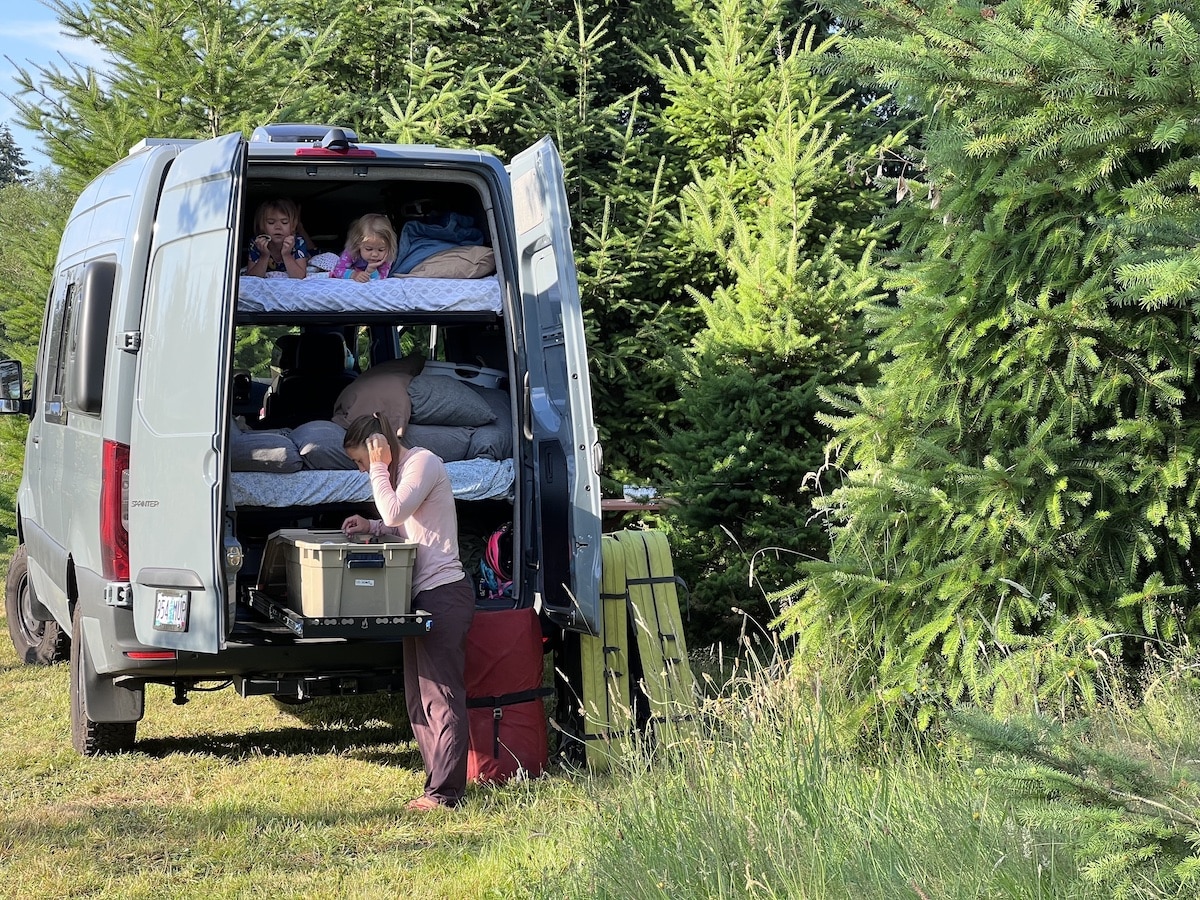
VanLife .…but with kids
I’d always been skeptical that one could #vanlife with kids since most of the vans I’ve been in and seen … don’t have room for a family of four.
“Kids” is one of the most gear-intensive “sports” out there, by the way. Between car seats, cribs, strollers, carriers, kid bikes, and so on, you end up hauling around tons of shit for these darling little bastards. Rowdy hicks who are accustomed to pulling trailers with Polaris four-wheelers may be used to hauling around lots of stuff just to “recreate,” but climbers, who are used to fitting everything we need in one 40L pack, will be shocked by how much shit you need to go anywhere with kids. At least I was.
Adventure Wagon hooked us up, however, with a set-up that made #vanlife for four totally possible. We got a van with two roughly full-size bunk beds, and two seats that can take car seats, which can easily be bolted into an L-track on the floor, moved, or even taken out of the van entirely.
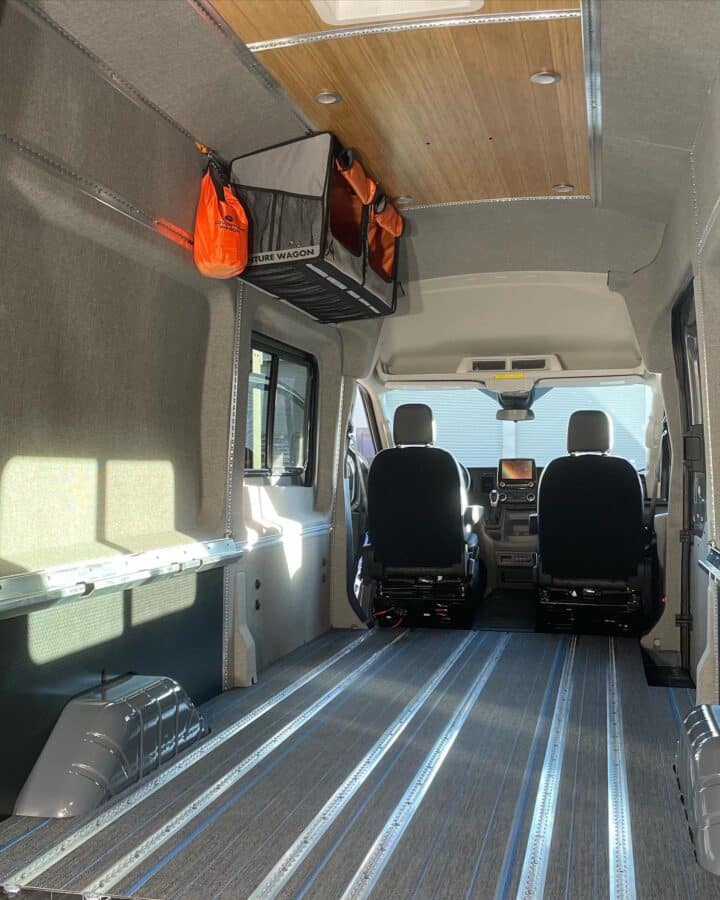
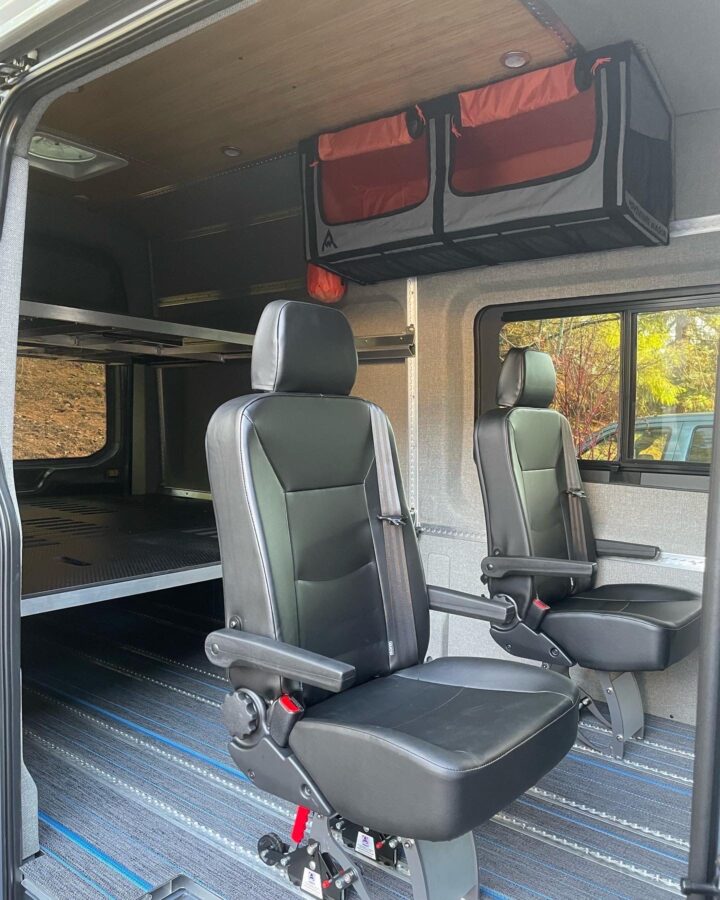
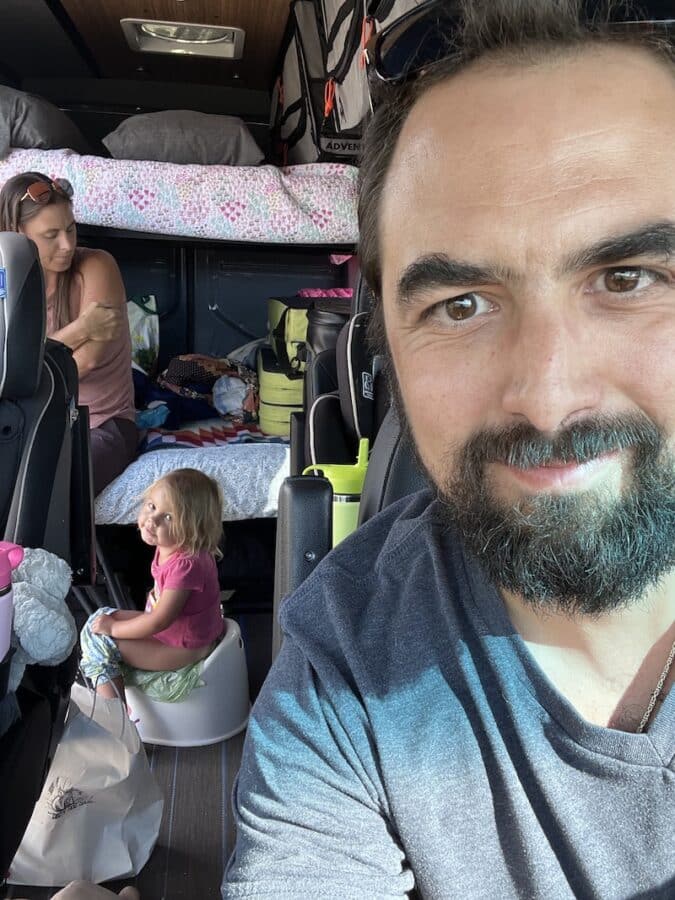
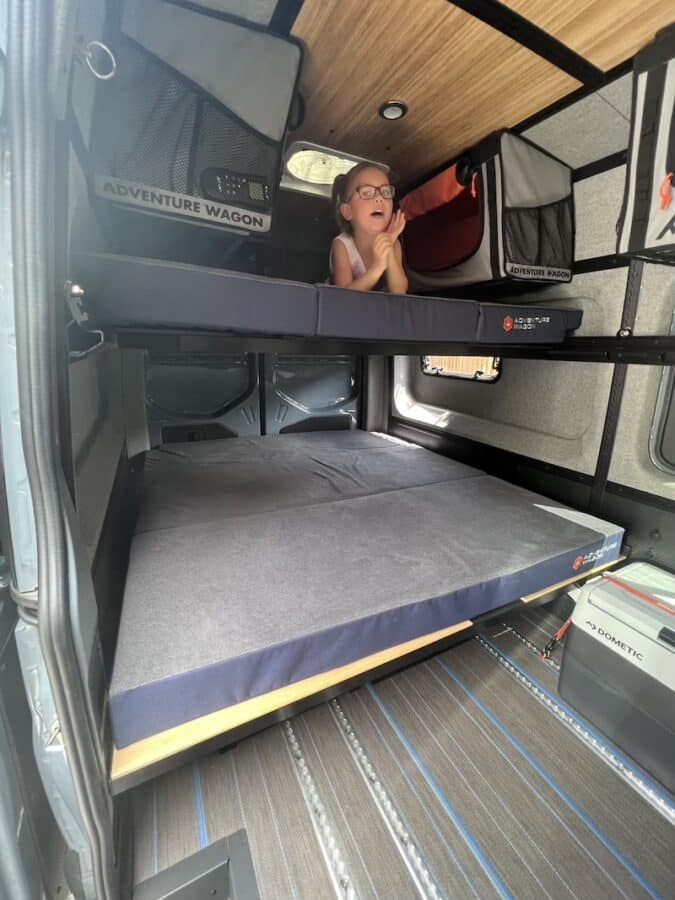
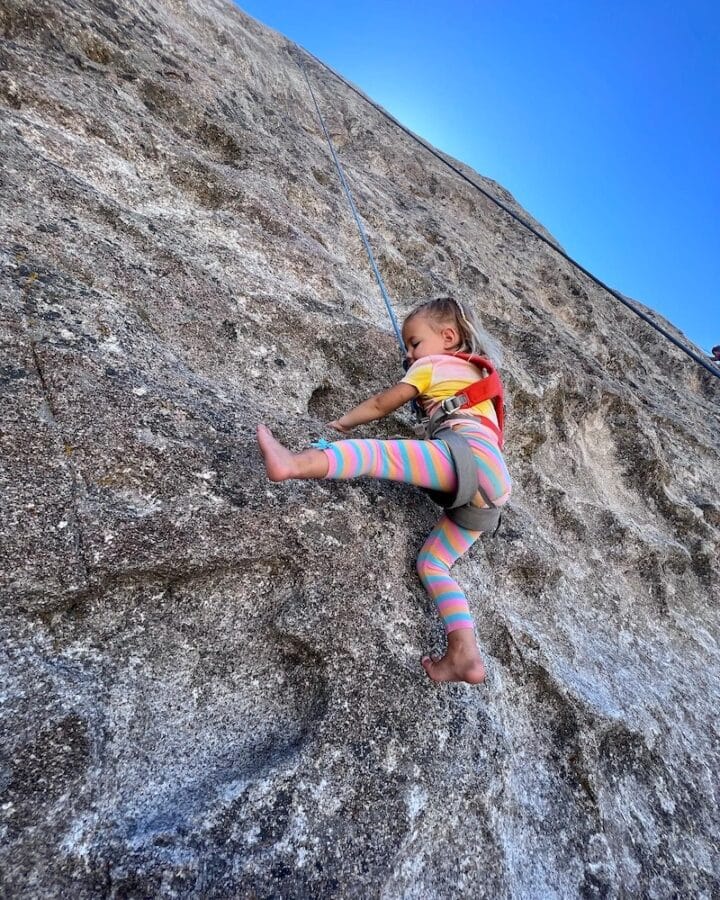

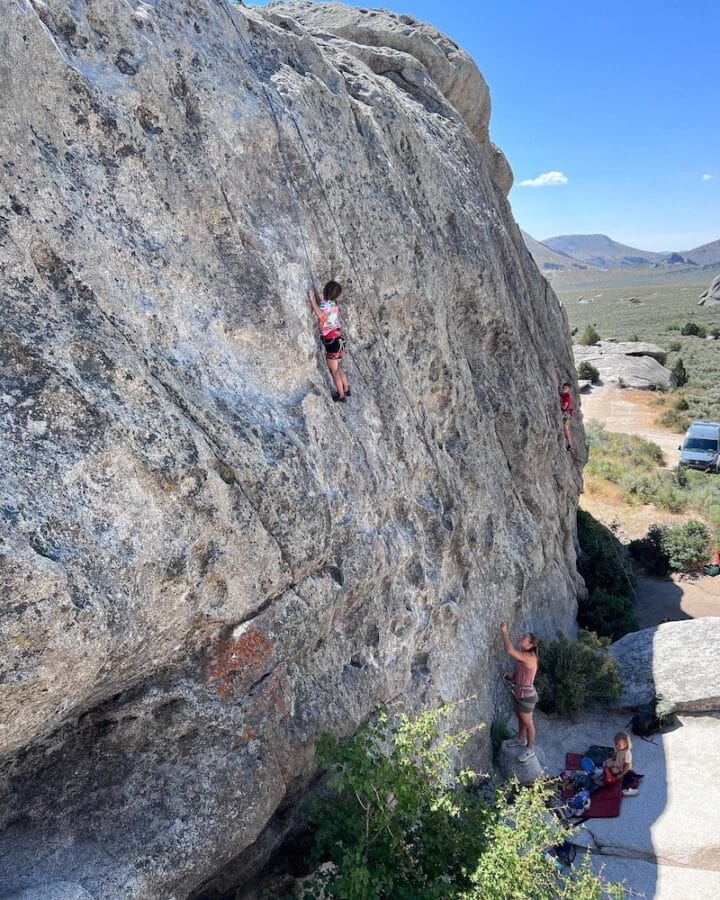

Building the Basics
The Adventure Wagon modular system require the installation of an A frame, which provides the structure and support for an L-track, or Logistical Track. The L-track is bolted to the A frame and this enables everything from beds and hammocks to storage and seating to be easily installed and removed.
The L-track runs on the sidewalls and allows you to install one or two Adventure Wagon beds as well as their proprietary cargo/storage systems. The track can be installed on the floor and allow for the easy addition of seats, which we required for our two kids and their car seats.
The seats can be arranged side by side or single file, which is kinda nice if you need the space for larger gear. Again, it’s the modularity that makes this system so appealing, and with nothing more than some basic tools you can easily rearrange your set-up as you wish.
One of my favorite products was the Mule Bag, which is a very durable soft-sided “cabinet.” They have zipper closure and mesh compartments that just make organizing your stuff easy. They’re easy to take out or install in minutes. And they flatten down, making them easy to store.
MOAB Bed and Mattress
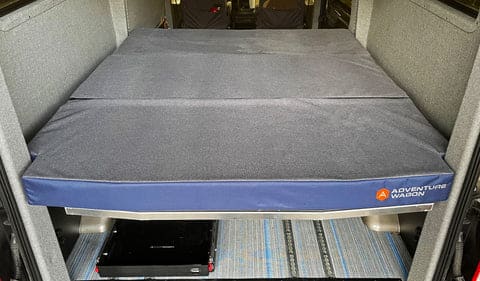
The MOAB (mother of all beds) bed frame, and MOAB mattress came with the van we borrowed. I didn’t try to taking the beds out, or adjusting their heights, since they set up in a good place. However, videos on the Adventure Wagon website make it seem like taking the bed frame and mattress in and out wouldn’t take much more than 20 minutes.
The mattress, at $1,100, is much more expensive than most high-end home mattresses cost. But I will say that the mattress is very comfortable, especially if you like sleeping on firmer beds. The mattress breaks down into three pieces, and stores away in a case. The mattress cover also removes, making it easy to wash.
Cost, and DIY vs. Professional Installation
As a DIYer, one of the appealing things I like about Adventure Wagon is that they make it seem like you can easily build out your van yourself. Their site has plenty of great tutorials that explain how it all works, for both Sprinters and Transits. A typical timeline for installation, according to them, is 4–5 days. (They also recommend having two people to install the A-frame.)
You can also have Adventure Wagon do the conversion for you for a minimum of $6K in labor costs—any Adventure Wagon parts are covered in these installation fees, but third-party items, such as flooring, a heater, etc., cost extra to install.
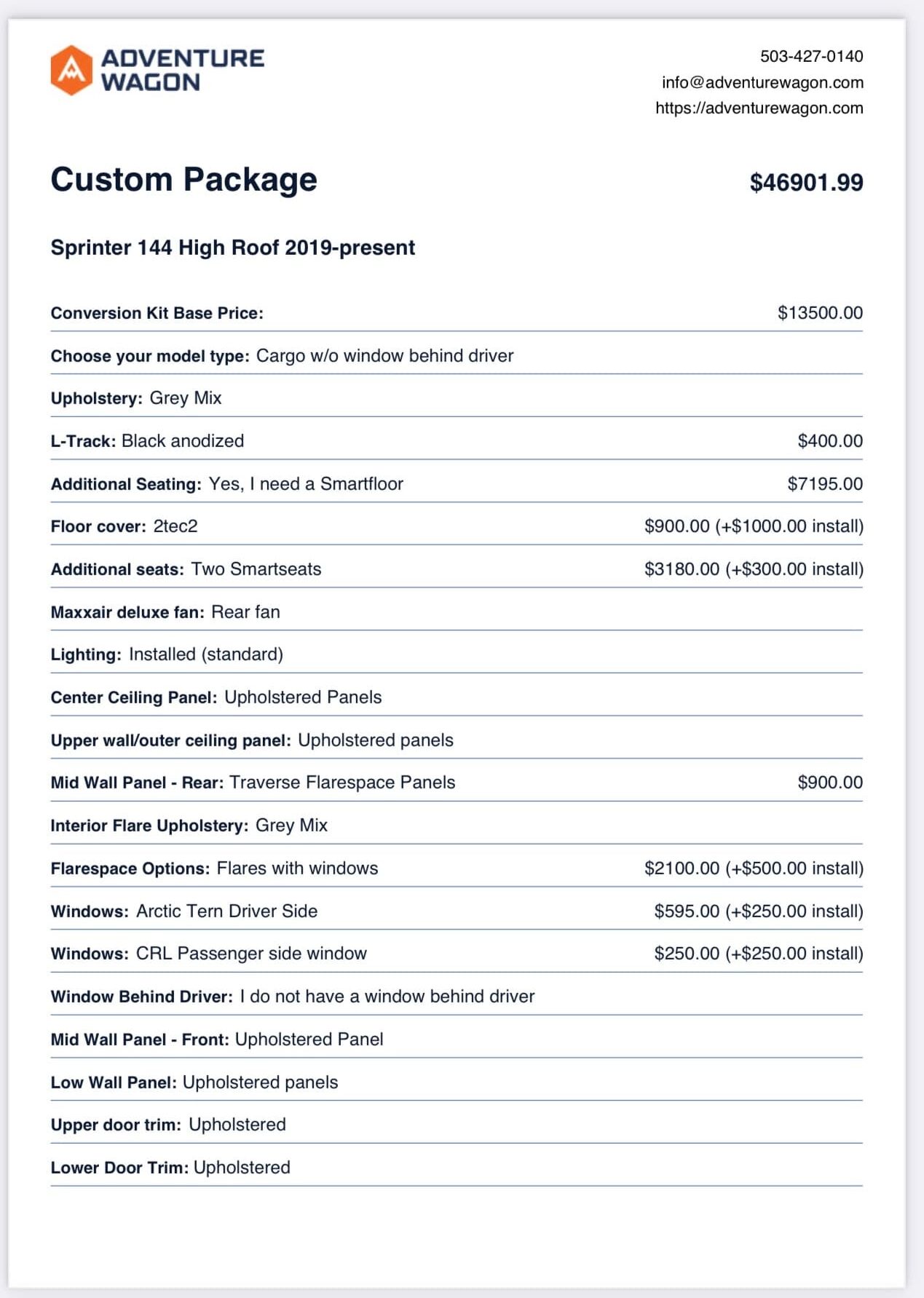
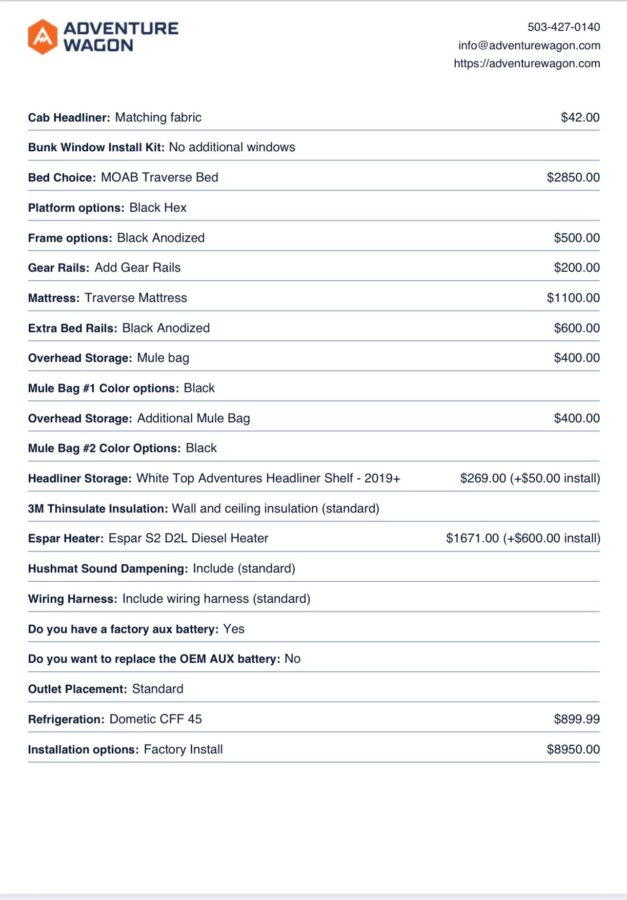
I’ve attached a couple screen shots above that show, more or less, how much it would cost to build the van we tested. It comes out to a total exceeding $46K, which, of course, isn’t cheap, but is also pretty comparable to what you can expect to pay for a high-end build.
But again, what you get if you go this route is the freedom to change and update your van as needed. I could see a situation in which I might want to have two beds, for instance, for family trips, but then be able to take one out and have more room for more climbing-specific missions with a partner.

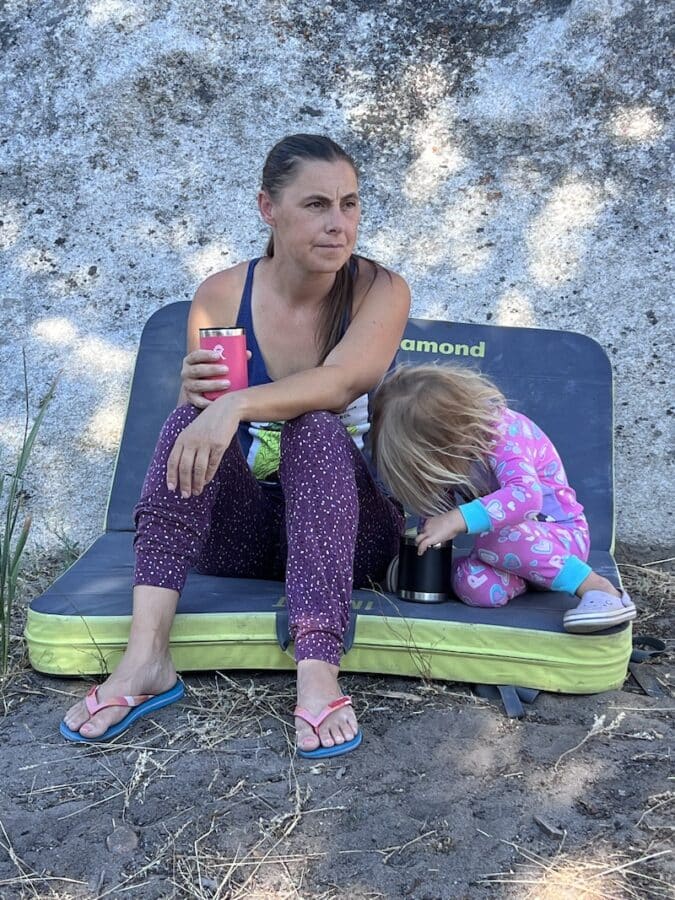
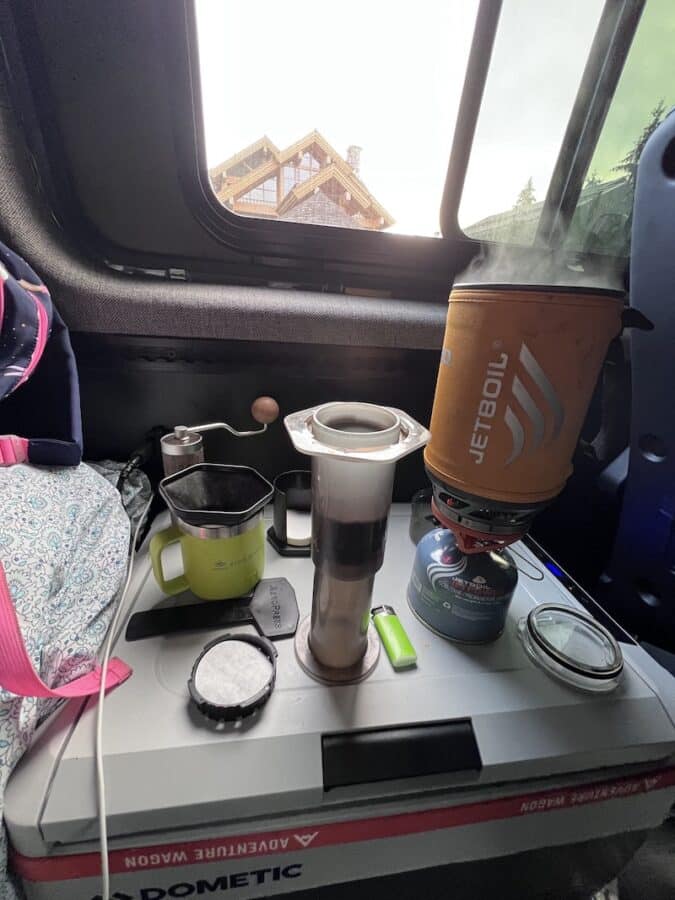
Final Thoughts
After two weeks in the van with our kids, I won’t lie that the van began to feel small. Fortunately, we’re not full-time #vanlifers and we made it home before anyone had a total major meltdown. Though I have to say that I have a lot of respect for the families who do manage to pull off full-time road living with kids in a single van.
That said, we loved road-tripping in a van. It meant that we could drive as much as we could bear in any single day, and then pull off onto some dusty plot of public land to spend the night. Lots of little logistical things were just easier such as not having much packing or unpacking day to day since it was all always in one place. And being able to walk around inside the van, while driving, to get snacks and drinks, etc., for kids—though probably illegal and dangerous—is a huge benefit that you don’t get in a normal car and made doing a big long drive with young kids way more manageable. Plus, iPads.
The price tag for a new van, with a build out, is a pretty big pill to swallow and I’ll need a hell of a lot more subscriptions to justify that! But for people who have money, and also have regular lives and may not be interested in full-time #vanlifing, I’d highly recommend checking out Adventure Wagon so you can build a set-up that you can easily modify, change, and grow with as your needs change.
VanLife Essentials

Dometic Cooler
Forget dealing with ice. Get an electric compressor powered cooler that you can take anywhere. The Dometic CFX55 is a compact option.

Therm-a-Rest Blanket
One of the best parts of #vanlife is that you don’t need to sleeep in a sleeping bag, which is loud, too hot, and not comfortable. Therm-a-Rest makes great camping blankets with cool prints, like the Argo.
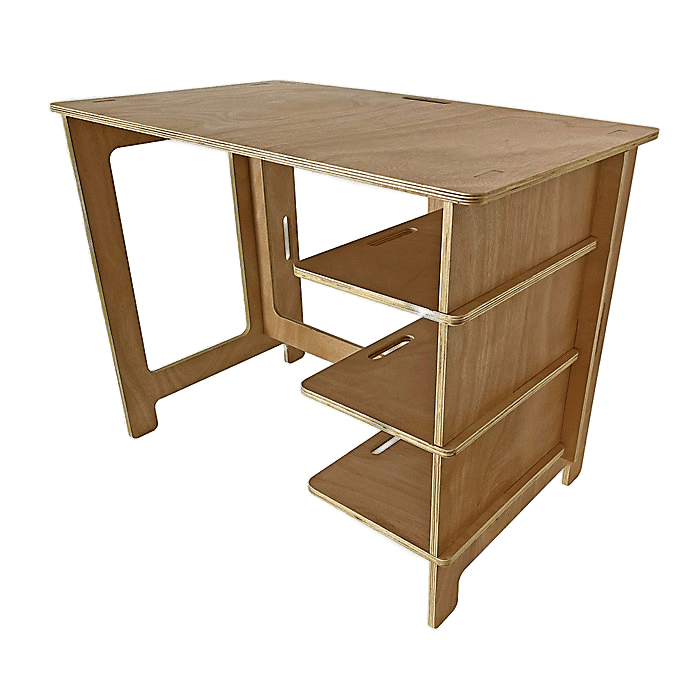
Metolius Table
Metolius came out with a series of camping tables that are essentially just routed-out sheets of plywood that fit together like a jigsaw. Someone with woodworking skills could make this for a fraction of the price, but these are still nifty additions that make outdoor cooking more convenient. Check it here.
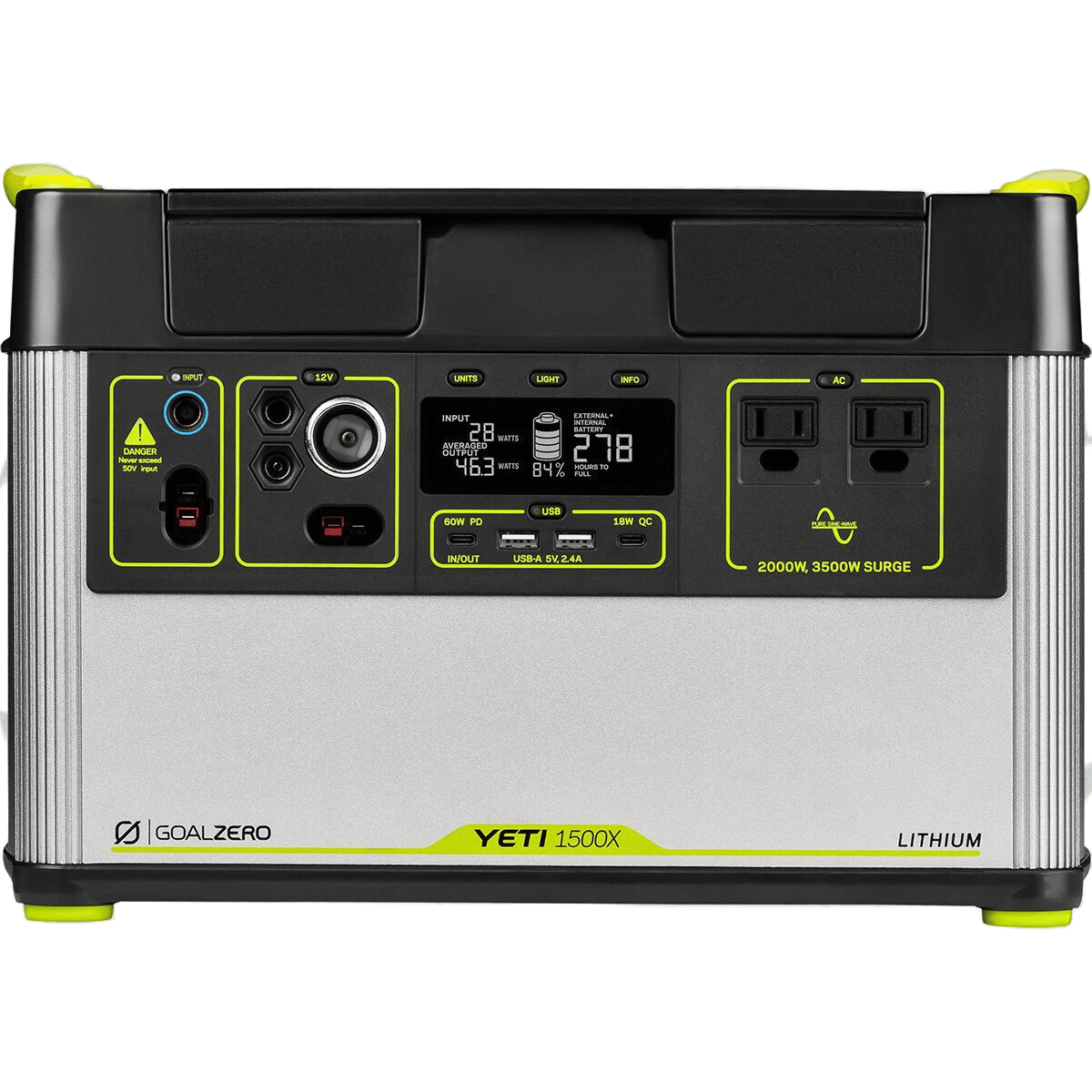
Goal Zero Battery
You’ll need a battery to charge your shit, run your electric cooler, and ensure that your kids’ iPads are always fully juiced. The Yeti 1500 is a solid option that will get you through your trip.

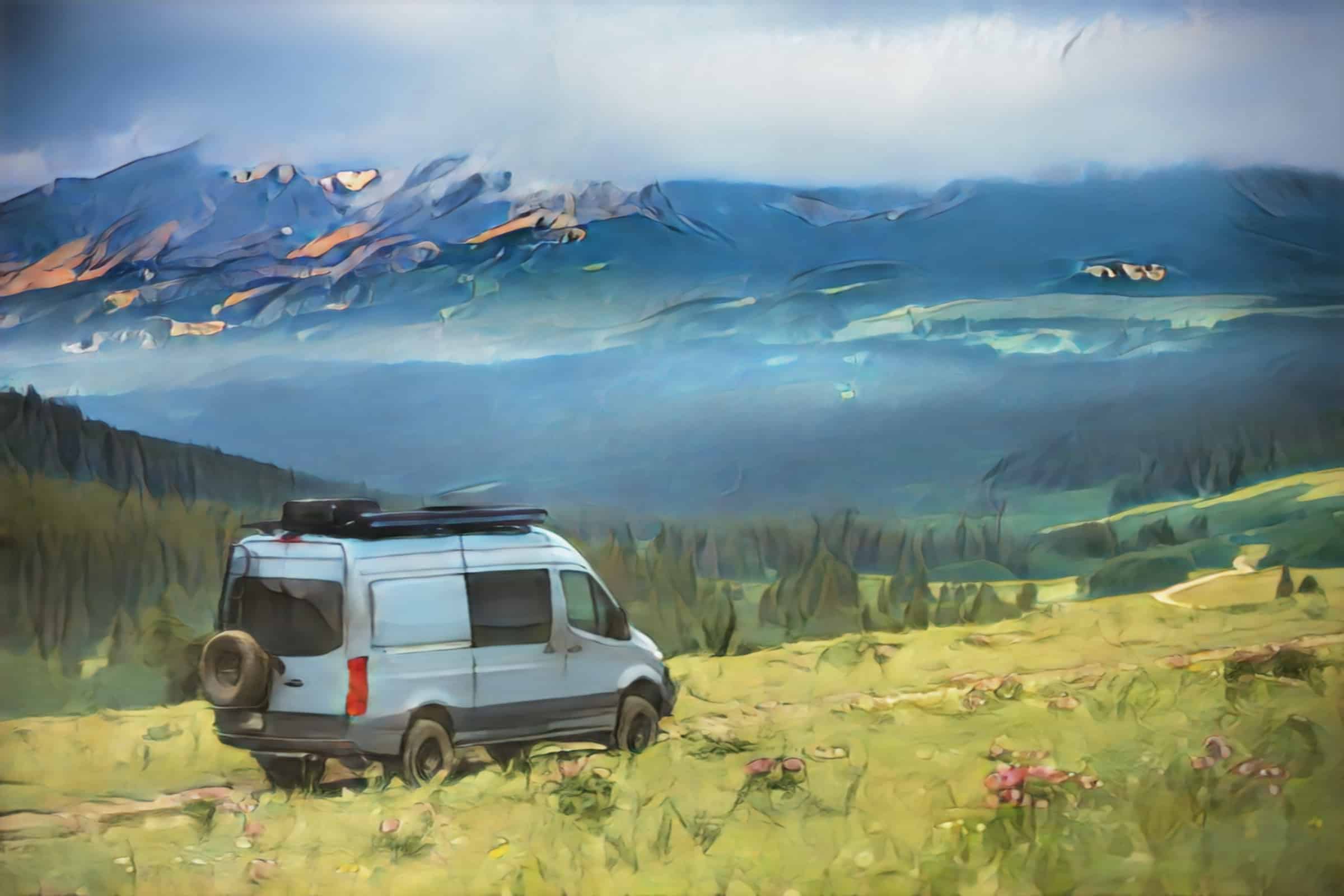


0 Comments